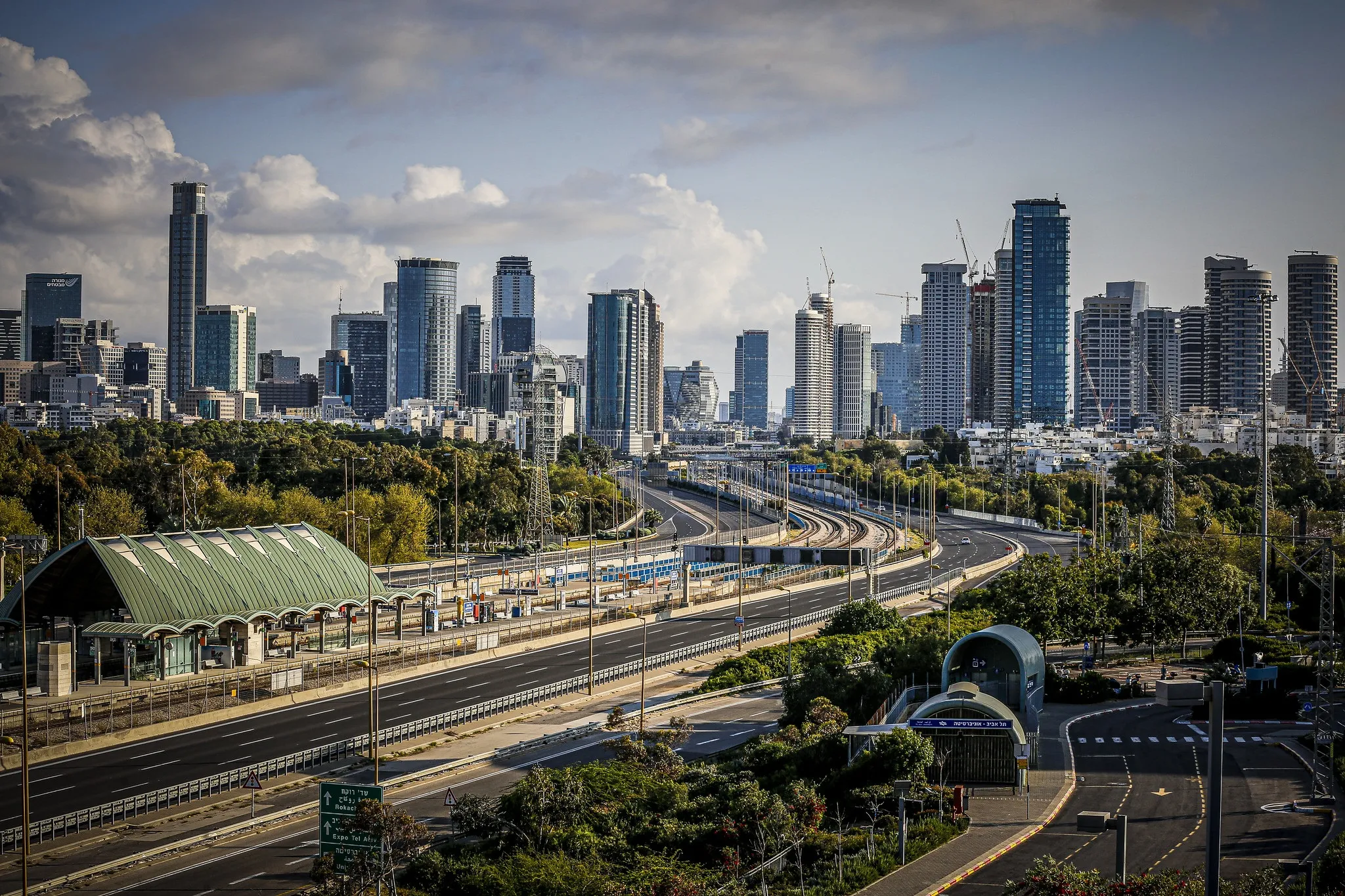According to a new report soon to be published by the Bank of Israel, the level of infrastructure in Israel remains lower in some areas—particularly in the area of metropolitan public transit—than in most developed countries. This report, according to an advance copy released this week, examines the level of available infrastructure and investments associated with the sector, as well as how the country fares in these arenas in comparison to other nations. It claims the volume of investment in urban and inte
March 20, 2015
Read time: 3 mins
RSSAccording to a new report soon to be published by the Bank of Israel, the level of infrastructure in Israel remains lower in some areas—particularly in the area of metropolitan public transit—than in most developed countries.
This report, according to an advance copy released this week, examines the level of available infrastructure and investments associated with the sector, as well as how the country fares in these arenas in comparison to other nations.
It claims the volume of investment in urban and intercity railways is low by international comparison, while the volume of investment in roads is high.
The bank’s researchers say the use of private vehicles is growing more rapidly than the use of public transit in Israel. Between 2000 and 2014, the distance travelled by private vehicle increased by four per cent, while the use of public transport increased by only about two per cent per year, similar to the rate of growth of the population aged 15 and above—the main consumers of public transit. However, these characteristics began improving in the past three years.
The report also describes the country’s rail network as relatively small, saying Israel is ‘below the midpoint of developed countries in terms of the ratio between the use of railways and distance travelled on roads’.
In order to estimate the level of metropolitan public transit, researchers examined the intensity of use of public transit in 41 metropolitan areas in 237353 OECD countries. They calculated two values, the first being actual public transit trips as a share of total travel - how many times passengers boarded and disembarked from a means of public transit. The second value is the forecast share of trips, taking into account per capita GDP, average family size in the metropolitan area, and population density. They then calculated the difference between the first and second values.
Poland and Spain showed the highest intensity of public transportation use in the selected urban areas within their countries, while Israeli metropolitan areas were placed near the bottom of the list.
Researchers found that intensity of use in two of the metropolitan areas in Israel, Tel Aviv and Be’er Sheva, is far from the accepted level in OECD countries, which it says may indicate low quality. While mass transit systems were built in Jerusalem and Haifa metropolitan areas in recent year, Tel Aviv still has no public transit, says the report.
In most OECD countries, the government is streamlining and expanding public transit in the metropolitan areas, particularly in the chief metropolitan area in the country, it says.
The report concludes that ‘ action must be taken more vigorously to improve public transit in Israel, but even so, the volume of investment in urban and intercity railways is low by international comparison, while the volume of investment in roads is high’.
This report, according to an advance copy released this week, examines the level of available infrastructure and investments associated with the sector, as well as how the country fares in these arenas in comparison to other nations.
It claims the volume of investment in urban and intercity railways is low by international comparison, while the volume of investment in roads is high.
The bank’s researchers say the use of private vehicles is growing more rapidly than the use of public transit in Israel. Between 2000 and 2014, the distance travelled by private vehicle increased by four per cent, while the use of public transport increased by only about two per cent per year, similar to the rate of growth of the population aged 15 and above—the main consumers of public transit. However, these characteristics began improving in the past three years.
The report also describes the country’s rail network as relatively small, saying Israel is ‘below the midpoint of developed countries in terms of the ratio between the use of railways and distance travelled on roads’.
In order to estimate the level of metropolitan public transit, researchers examined the intensity of use of public transit in 41 metropolitan areas in 23
Poland and Spain showed the highest intensity of public transportation use in the selected urban areas within their countries, while Israeli metropolitan areas were placed near the bottom of the list.
Researchers found that intensity of use in two of the metropolitan areas in Israel, Tel Aviv and Be’er Sheva, is far from the accepted level in OECD countries, which it says may indicate low quality. While mass transit systems were built in Jerusalem and Haifa metropolitan areas in recent year, Tel Aviv still has no public transit, says the report.
In most OECD countries, the government is streamlining and expanding public transit in the metropolitan areas, particularly in the chief metropolitan area in the country, it says.
The report concludes that ‘ action must be taken more vigorously to improve public transit in Israel, but even so, the volume of investment in urban and intercity railways is low by international comparison, while the volume of investment in roads is high’.









